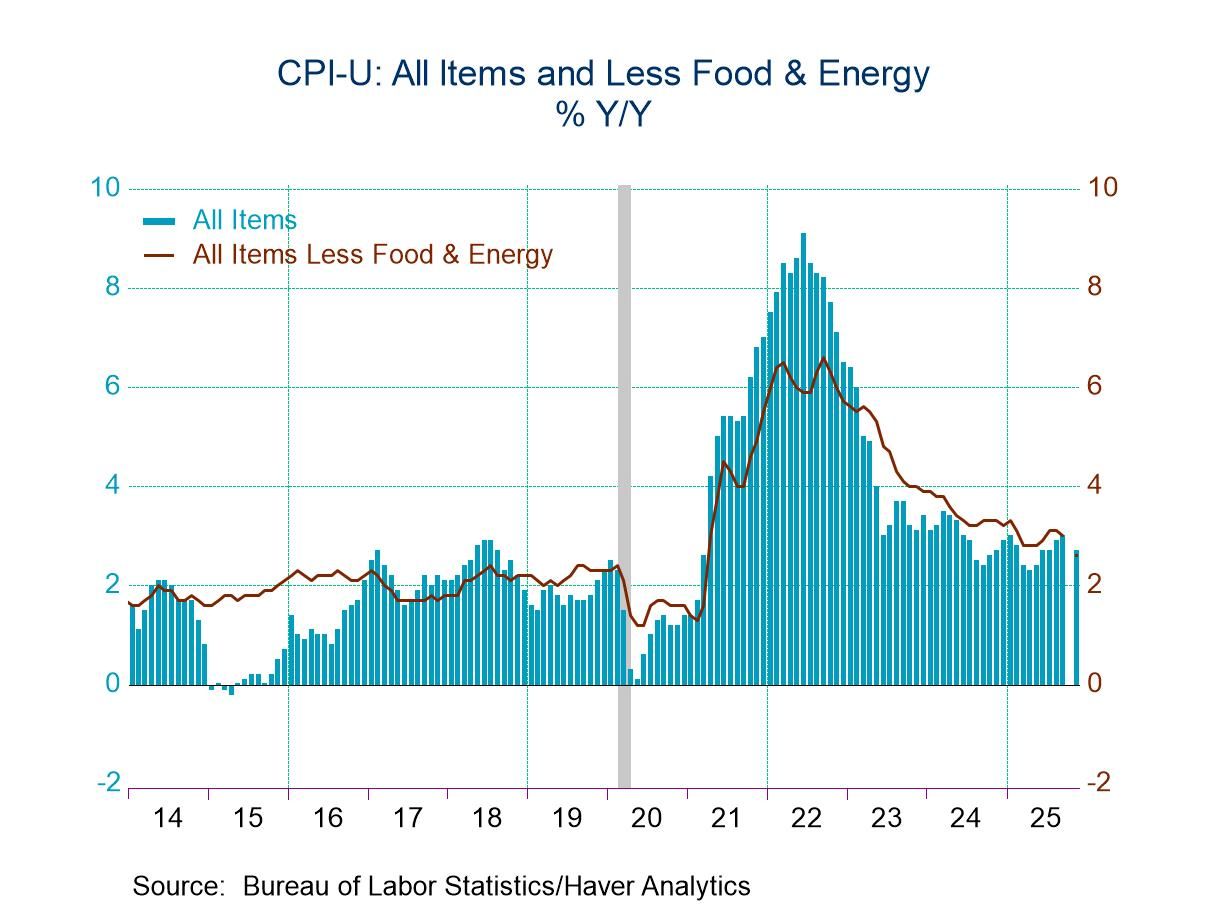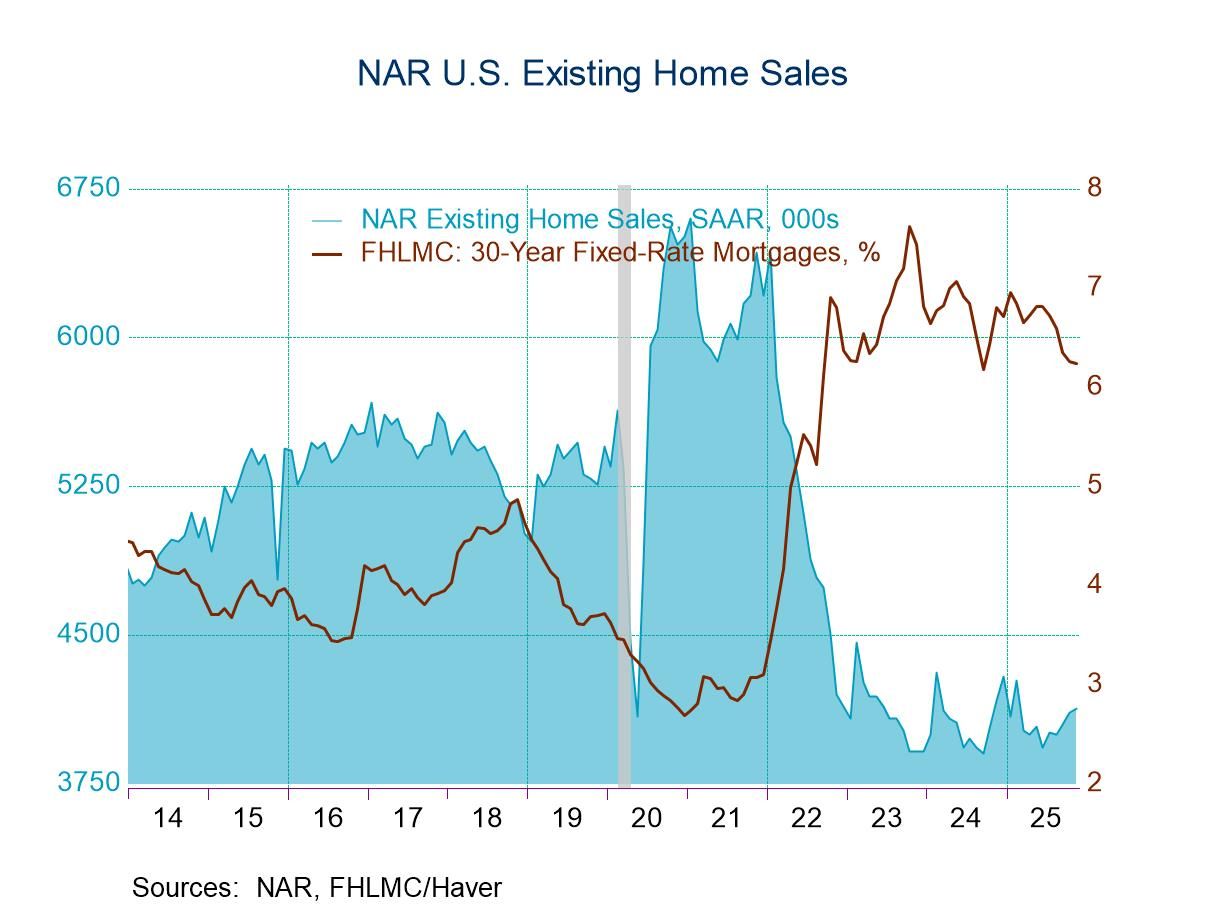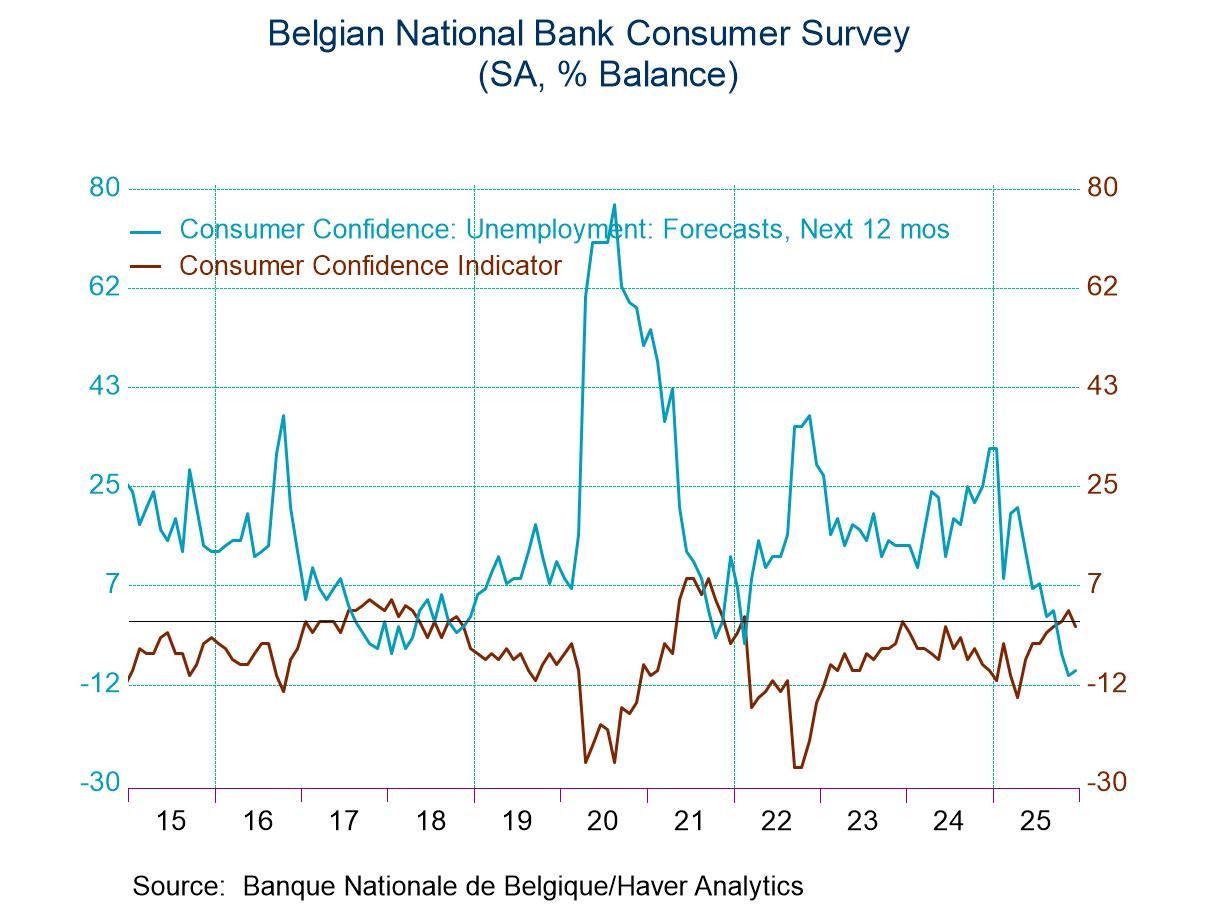 Global| Apr 16 2024
Global| Apr 16 2024ZEW Indexes Edge Higher; But What Does It All Mean?

The ZEW survey improved as U.S., German and EMU current conditions and macroeconomic expectations (where surveyed) all increased on a month-to-month basis.
Table 1 summarizes the shift with the TEXT reflecting month-to-month changes. On that basis, there were improvements (increased strength) in 15 of 16 surveyed metrics. However, the text COLOR reflects the relative value of the underlying queue ranking series. Only two queue rankings in the table, the U.S. economic situation and German economic expectations in April are above their respective historic medians on data back to 1992 (and, hence, print black in the table). This means most series are still quite weak and, while improving month-to-month, still emerging from sub-normal conditions.
Table 1

Of 16 readings, 15 improved month-to-month
Table 2 presents the queue rankings by categories as well as the month-to-month changes in the underlying diffusion readings.
As noted above, only one metric was weaker month-to-month; that was the expectation for short-term interest rates in the EMU. A rate cut is widely expected from the ECB in June. While inflation expectations rose month-to-month, the percentile standings for inflation are still extremely weak. Long-term rate expectations continue to have very low diffusion values as well even though they have crept higher this month.
Stock market expectations remain depressed. The U.S. expectation is the best of the lot with a 20-percentile standing- a standing that is higher 80% of the time. From that, it is clear what these readings mean. Conditions in the U.S. and Europe remain very weak. Yes, there was ‘broad’ improvement this past month but improvement of a miniscule sort. Despite ongoing historically low interest rates, no one is really impressed that these economies are going to be fired up by these low interest rates as the weak stock assessments show you. Or, maybe the trouble is that growth is going to be okay, but stocks are just overpriced and too high-valued?
Table 2

Despite strong job growth in the U.S. and a stock market ‘priced for perfection’ (well, that’s part of the problem, in the U.S., isn’t it?), in Washington we have Joe Biden trying to convince everyone that the economy is great! But at the Fed, we have concerns that the economy is on the verge of needing rate cuts to sustain itself and the current low (near a 50-year low) rate of unemployment. What a peculiar period! It does not seem that we have much in the macroeconomic environment that people, investors, and policymakers, including central bankers can agree on. Everything in the U.S. is and has been about spin for some time now. Truth is playing hide-and-go-seek with politics. The beat goes on...
Robert Brusca
AuthorMore in Author Profile »Robert A. Brusca is Chief Economist of Fact and Opinion Economics, a consulting firm he founded in Manhattan. He has been an economist on Wall Street for over 25 years. He has visited central banking and large institutional clients in over 30 countries in his career as an economist. Mr. Brusca was a Divisional Research Chief at the Federal Reserve Bank of NY (Chief of the International Financial markets Division), a Fed Watcher at Irving Trust and Chief Economist at Nikko Securities International. He is widely quoted and appears in various media. Mr. Brusca holds an MA and Ph.D. in economics from Michigan State University and a BA in Economics from the University of Michigan. His research pursues his strong interests in non aligned policy economics as well as international economics. FAO Economics’ research targets investors to assist them in making better investment decisions in stocks, bonds and in a variety of international assets. The company does not manage money and has no conflicts in giving economic advice.






